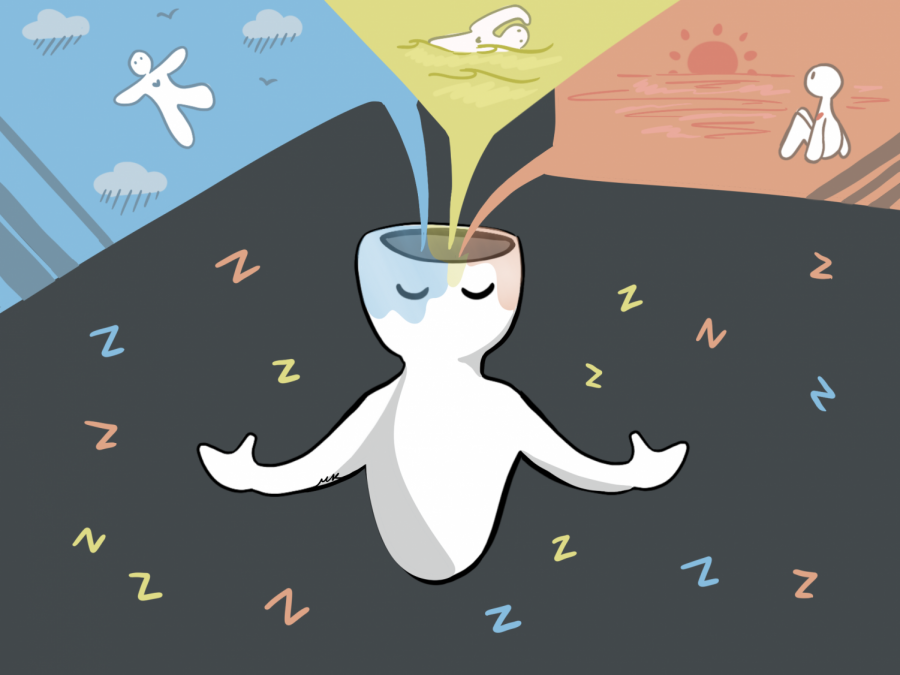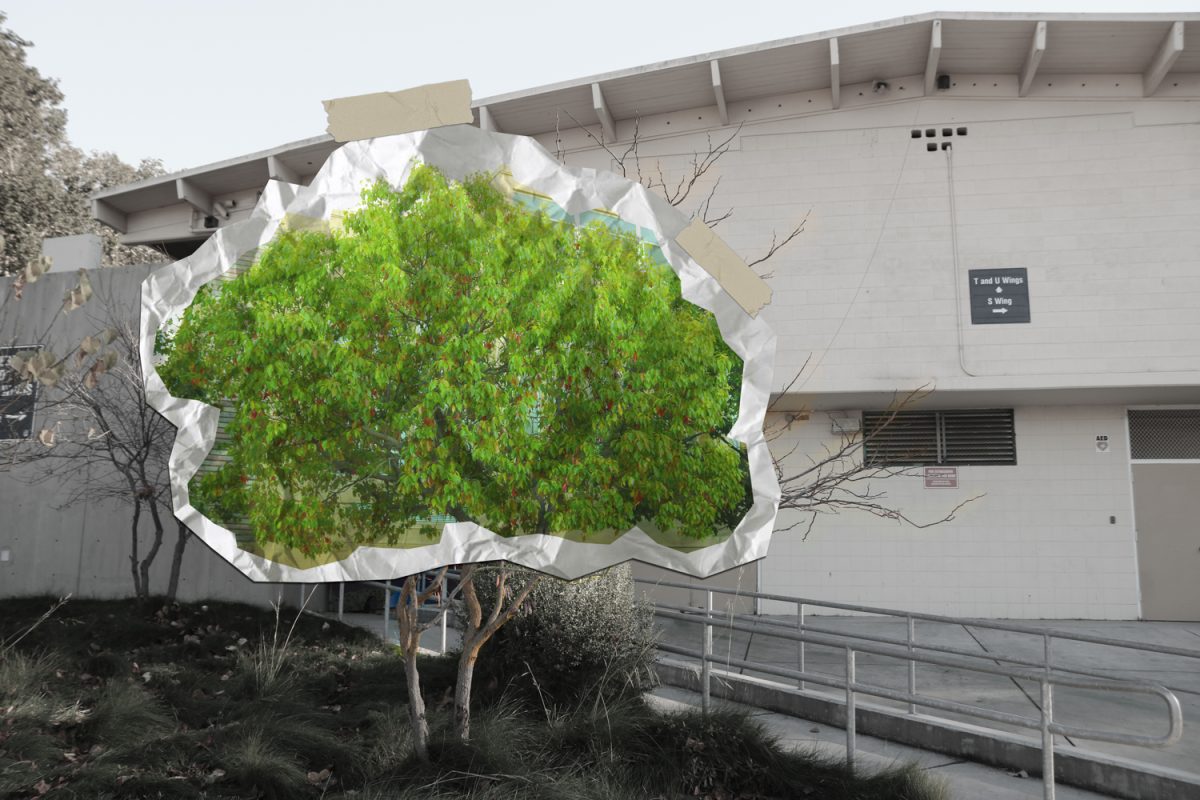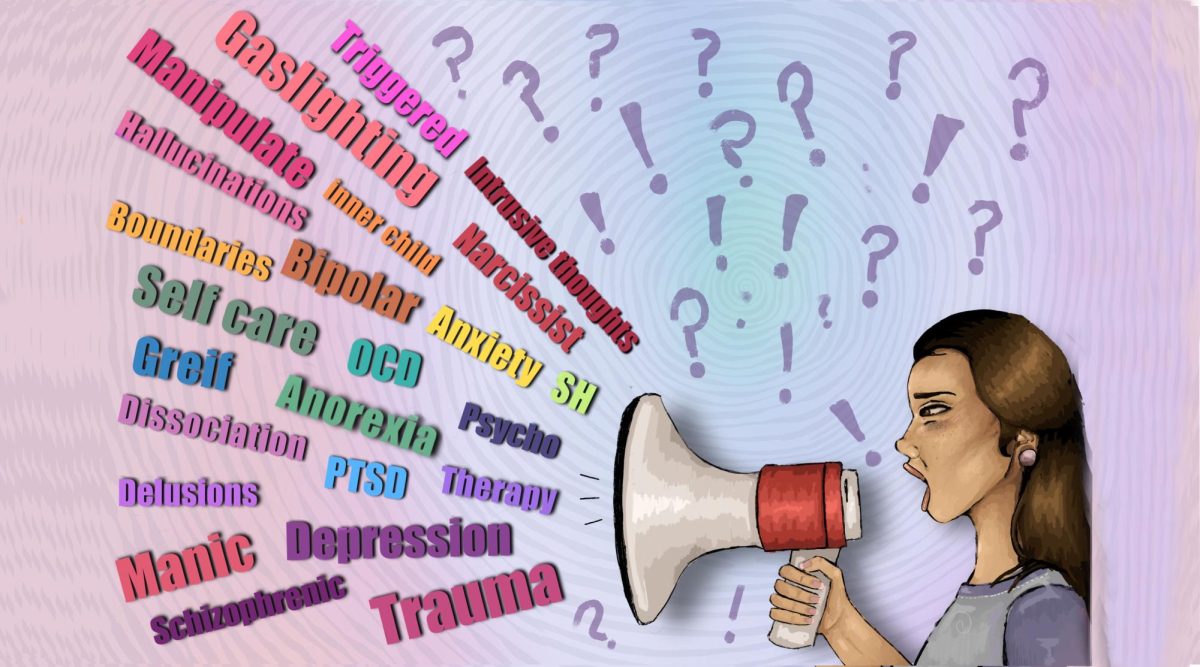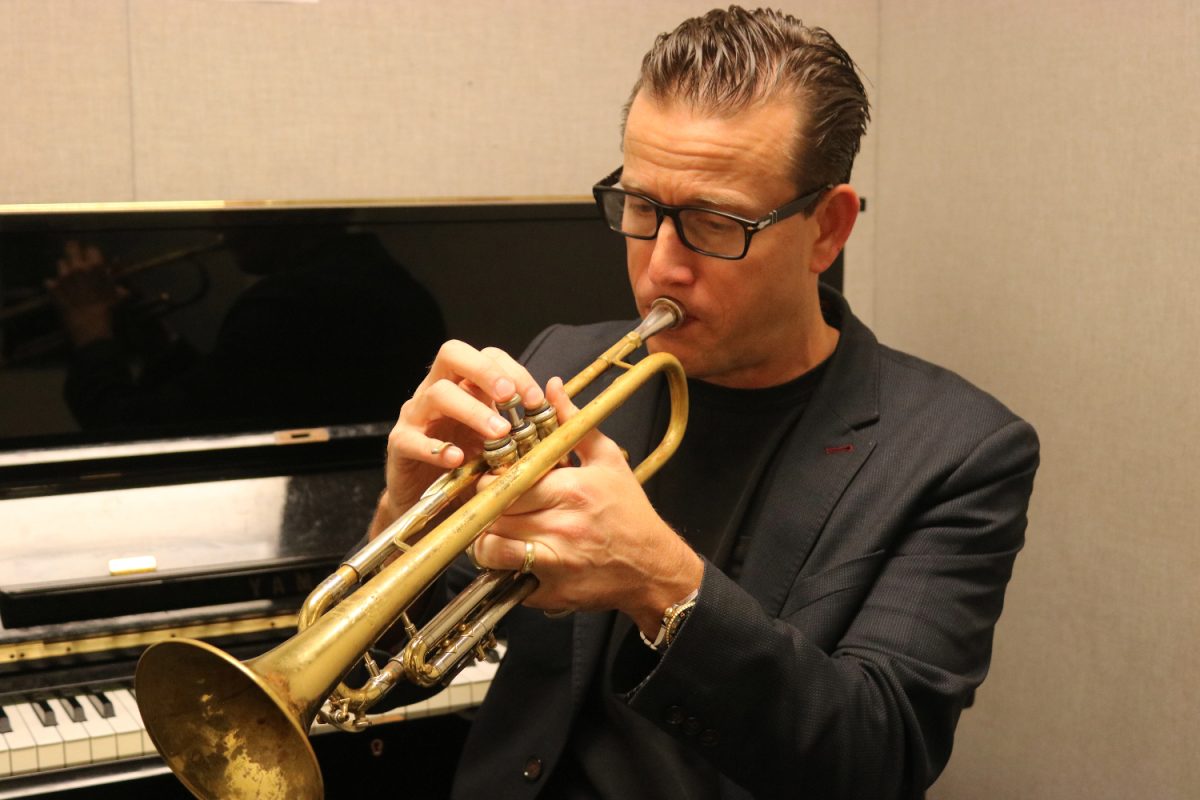His eyes open.
He raises his hand and touches the palm of it with his fingers, completely unaffected as they pass through it and graze the seat next to him. Out the window the sky is bright, and clouds are zipping by faster than the eye can register.
He checks his reflection in the glass and pauses as his shirt darkens, taking on a different shade of blue. He turns away from the window, and his theory is proven: he has entered a dream reality.
Valeriy Allin, Ph.D., is an associate researcher of human physiology at the National Institute of Health (NIH) in Baltimore, Maryland. Allin has a peculiar yet not unheard-of skill: lucid dreaming. Lucid dreaming — the ability to be aware and in control of your dreams — regularly occurs in only 20% of the U.S. population, with 55% of people experiencing at least one lucid dream in their lifetime.
“Lucid dreaming is very similar to entering and moving through an alternate reality. Even though it is all a mental process, when you enter this parallel dimension you feel as though you were asleep before and are only now truly awake,” Allin said.
The concept of lucid dreaming was first coined in 1913 by Dutch psychiatrist Frederik van Eeden after he performed a series of experiments with ten individuals who regularly participated in lucid dreaming. Rather than discovering a singular trait necessary for oneironautics — the ability to travel and manipulate a dreamscape — Eeden surmised that anyone could learn the art of lucid dreaming with a regular sleep schedule and some practice.
“It takes time and training to become more adept at lucid dreaming and even to realize that you are dreaming. There are some signs that you can look for, like glancing at your hands or imagining what action you want to perform in your head,” Allin said. “With practice, you can learn how to fly, you can walk through walls, you can do whatever you want.”
Frederik van Eeden was not the only scholar to become intrigued by the idea of dreams and their influence on the human condition. Most notably, the study of dreams in scientific research laboratories began with the discovery of Rapid Eye Movement (REM) sleep by Eugene Aserinsky and Nathanial Kleitman at the University of Chicago in 1953.
While we usually think of being asleep or awake as clearly defined and distinct, conditions like sleep paralysis and lucid dreaming challenge these fixed boundaries.
— Eric Suni
REM sleep is a 45 minute period where the brain is most active during sleep. According to a 2018 study published in Nature, the world’s leading multidisciplinary science journal, neuroimaging of lucid dreams produced records of dream activity that were similar to the activity found in those who were awake. This led to the conclusion that lucid consciousness is parallel to a waking one.
“It requires a lot of risk to lucid dream, and if you don’t have any training, you could end up stuck in REM sleep, ” Allin said. “For example, a person could see a wall in front of them, but not realize that they can go through it and become trapped in their own mind.”
REM sleep is also connected to a variety of other sleep abnormalities, such as sleep paralysis, which is a mixed state of consciousness that blends the sensation that one experiences in REM sleep with the feeling of being awake.
Eric Suni, a science writer and information specialist for the National Cancer Institute’s Information Service, explained this condition: “Sleep paralysis is a temporary inability to move that occurs right after falling asleep or waking up, often accompanied by hallucinations. While we usually think of being asleep or awake as clearly defined and distinct, conditions like sleep paralysis and lucid dreaming challenge these fixed boundaries,” Suni said.
Sleep paralysis also tends to occur more frequently in lucid dreamers and is often characterized as an unpleasant experience when it occurs.
“Your mind will paralyze your body so that if you have a nightmare you won’t be able to move around or hurt yourself and others,” said Chelsea Plunkett, a junior at Point Loma High School in San Diego who regularly experiences sleep paralysis.
For Plunkett, these frequent experiences can be frightening. “During this time your mind is still active and you notice what is going on but you can’t open your eyes or anything. It’s definitely really scary because you don’t feel like you are in control,” Plunkett said.
Since the discovery of the REM stage and conditions like lucid dreaming and sleep paralysis, dream psychology has evolved substantially, with significant contributions from Sigmund Freud, an Austrian neurologist and the founder of psychoanalysis, a set of theories and techniques that deals with the unconscious mind.
Unlike many psychologists in the 20th century, Freud did not believe that dreams were spiritual messages. Rather, he held that they were paths into the unconscious, where one could learn about problems that they might not have been previously aware of. Allin corroborated this theory through her own personal experience.
“Sometimes, when I am worried about something or have a problem that I need to solve, I have dreams that show me the future or show me a solution to my problem,” Allin said.
Plunkett also shares this view, noting that dreams can also bring back forgotten memories: “When I was little I had a Kindle whose password I had forgotten. One night, when I was dreaming, a random person in my dream and told me the password to my Kindle. I typed it in the next morning and it worked.”
Largely due to their unique nature, dreams have become an intrinsic part of the study of human development and the mind. Whether one is capable of controlling them or not, dreams offer a lens into one’s consciousness that can reveal a lot about who they are. For Plunkett, dreams are an important aspect to explore.
“Dreams can unveil a lot about our personal desires and fears. There have definitely been times when I watched past scenarios play out differently, or saw a vision of an upcoming event that hadn’t yet happened. Because of this dreams are so interesting to interpret, even though they can be really weird sometimes,” Plunkett said.























